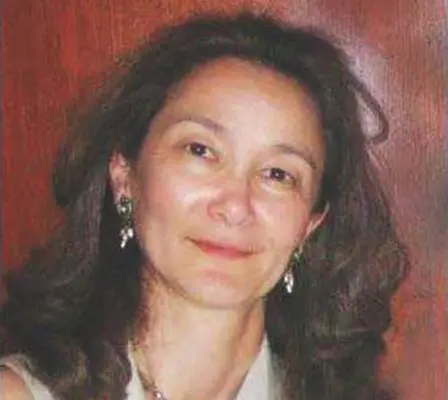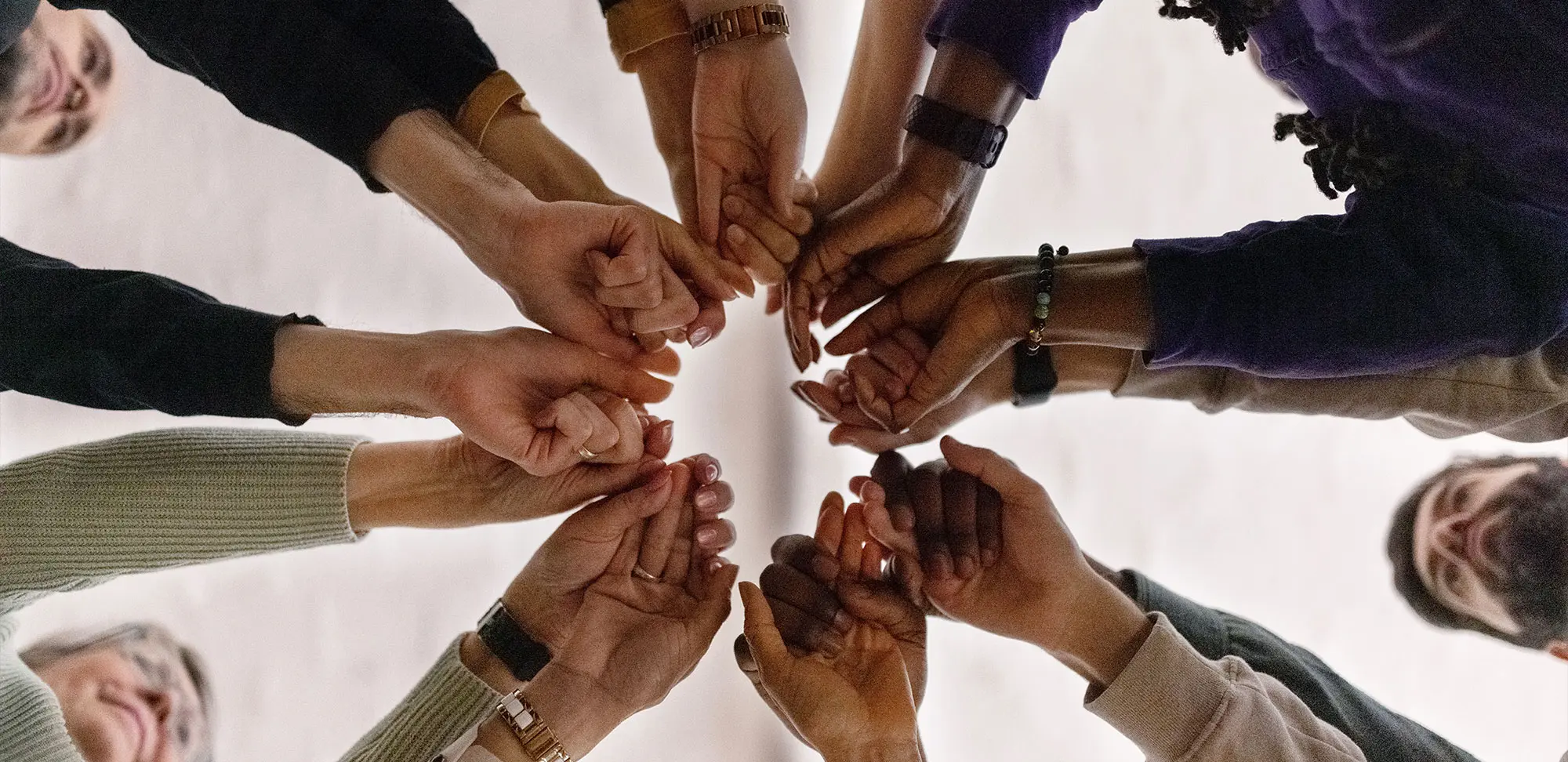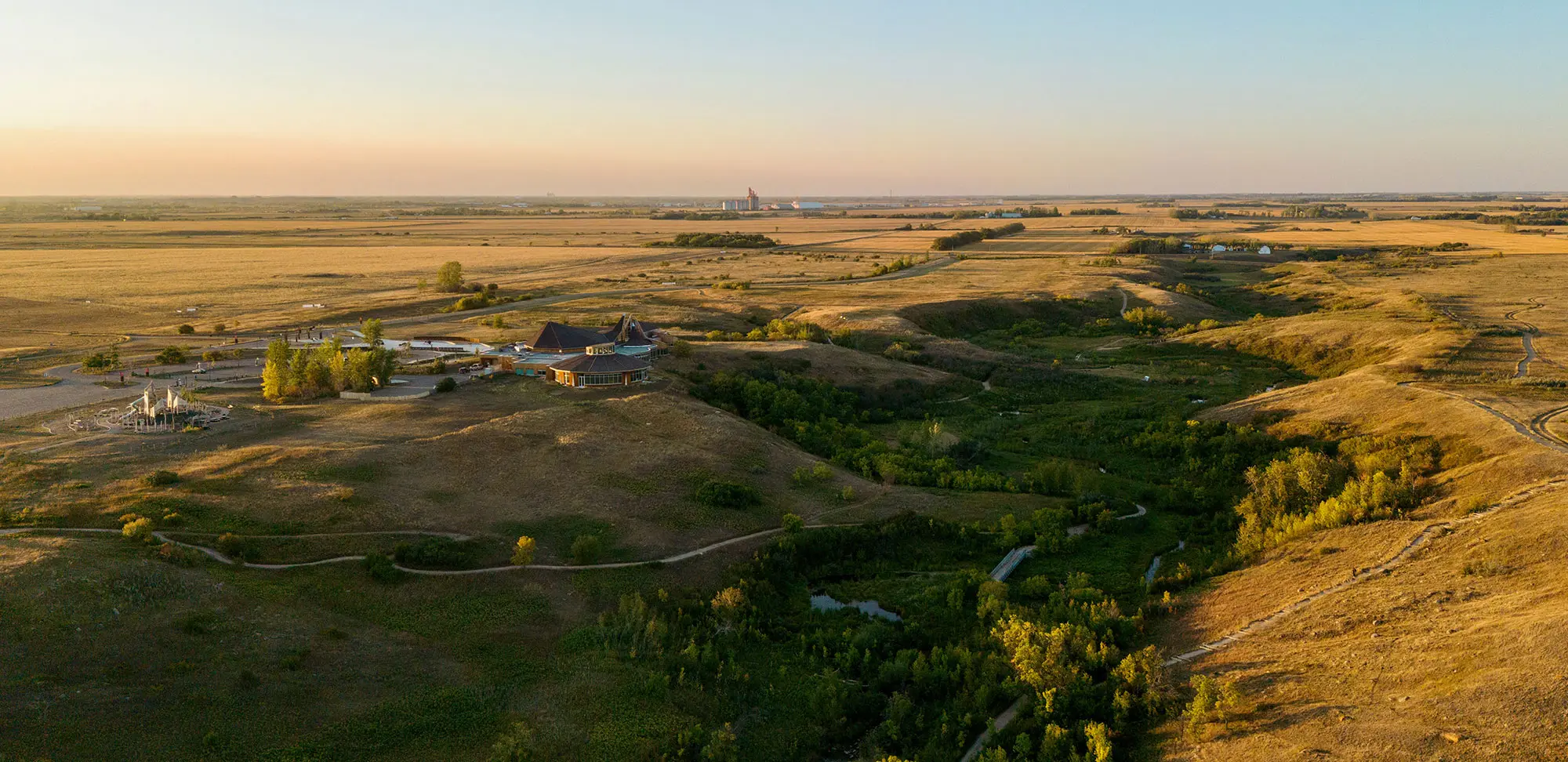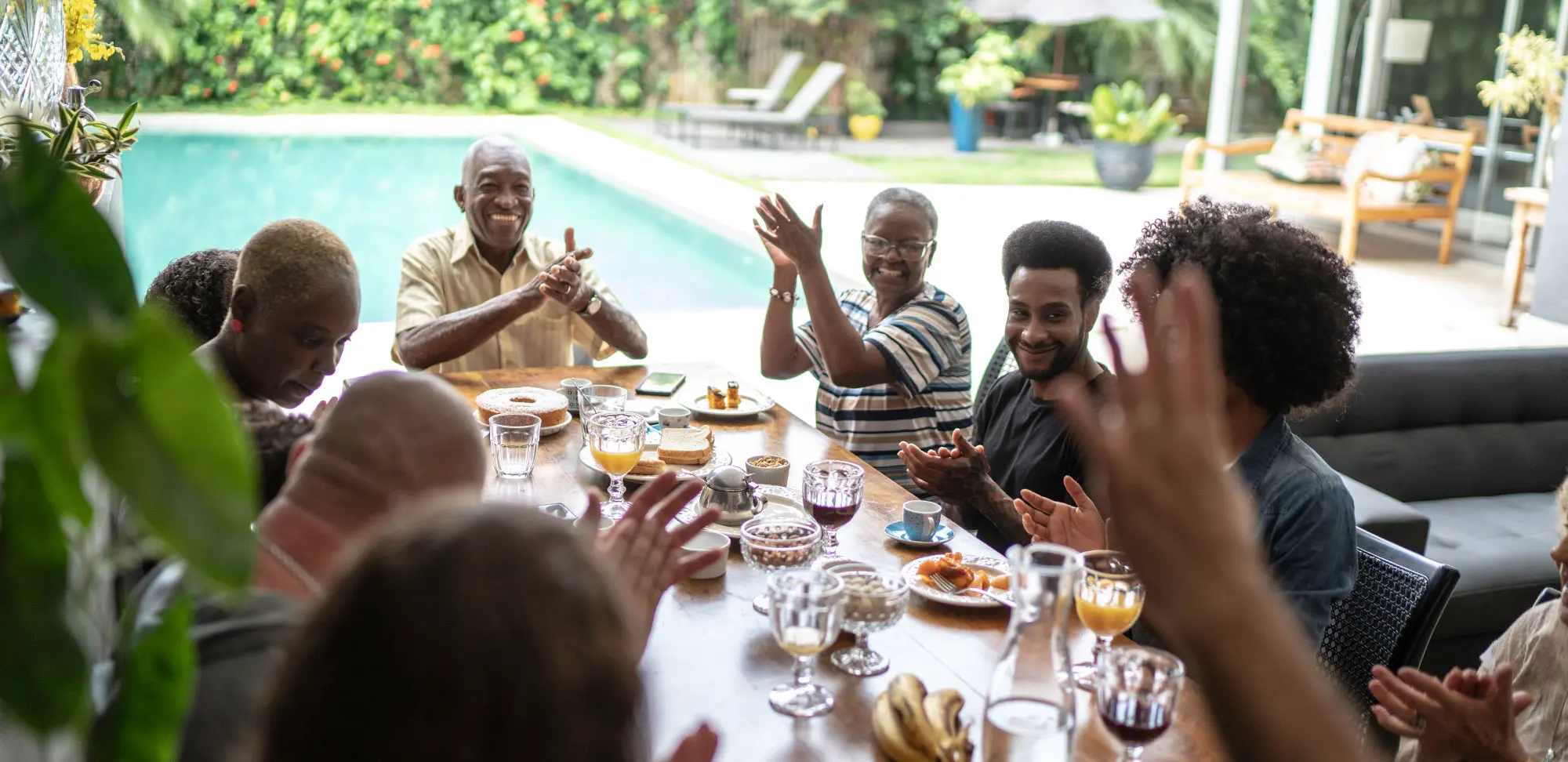Imagine communities designed to accommodate people’s needs throughout a 100-year lifespan. Communities that would ensure that elders can age in place with access to services necessary to live meaningful, vibrant lives. They would address physical, mental and emotional challenges.
Dr. Hiroko Akiyama designs such communities. Today.
For 35 years, Akiyama has followed the aging patterns of 6,000 people in two “living labs” in Japan – one rural and one urban. These are not retirement communities, she explains, but “ordinary communities for people of all ages.” Akiyama’s teams work with a variety of stakeholders: citizens, governing bodies, industry, social and medical services. Cooperatively, they test and forge soft and hard infrastructures dedicated to three priorities:
- extending years of independent living
- designing blueprints for elders to age in place
- promoting social engagement
The need to “strengthen human bonds” is essential to all projects. Akiyama believes that older people need social engagement to lead meaningful lives and is determined to help seniors reinforce existing bonds and forge new ones.
When asked why the private sector is enthusiastic about her projects, Akiyama points out that the senior market is an “innovation gold mine.” Industry has opportunities to test and create technological advances that help older people extend independence, aid everyday functions and enhance life’s quality. Akiyama’s labs have developed furniture for the office and home, monitoring devices, robots capable of addressing physical or social needs. They recently proposed how to re-engineer city parks to accommodate people of all ages.
One social experiment tested work models tapping into the skills and experience of retirees that would benefit citizens, industry and the general economy. Many seniors want to work, industry needs the talent, and the government needs the tax revenue. Successful models were predicated on:
- the private sector establishing work opportunities
- guaranteed minimum wages
- flexible work-sharing schedules (for example, two or three seniors may account for one position)
- seniors deciding when and how long they work
Experiments were also successful when senior employees worked together virtually, adding a valuable dimension to the work models.
We asked Akiyama how we could learn from her efforts. She advises to start with small projects and realistic goals, then build on experience. And, she adds, “Have fun!”
And tell political leaders at all levels that elder-age-friendly communities are a priority – one on which you vote.
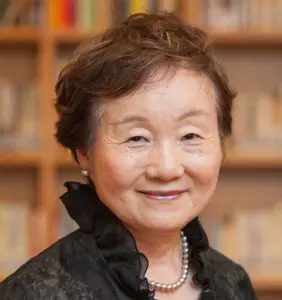
Dr. Hiroko Akiyama is globally recognized for spearheading ways to redesign communities to meet the needs of aging societies. A professor of gerontological research at the University of Tokyo and research professor at the Institute for Social Research at the University of Michigan, Akiyama was a keynote speaker at RTOERO’s Future of Aging Summit this past May. Recently, she spoke to Renaissance about principles and innovations underpinning communities supporting mental, physical and social well-being for older citizens.

